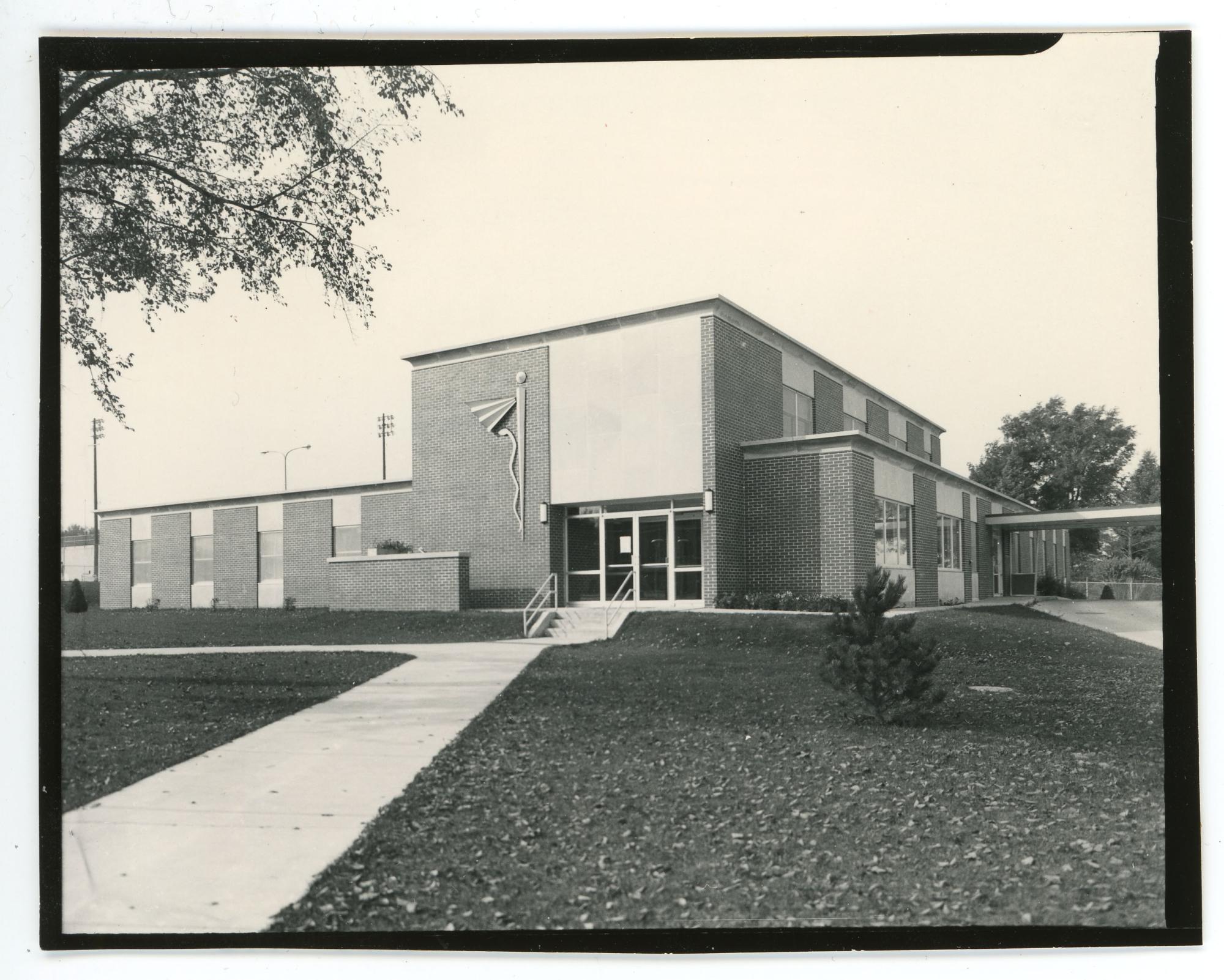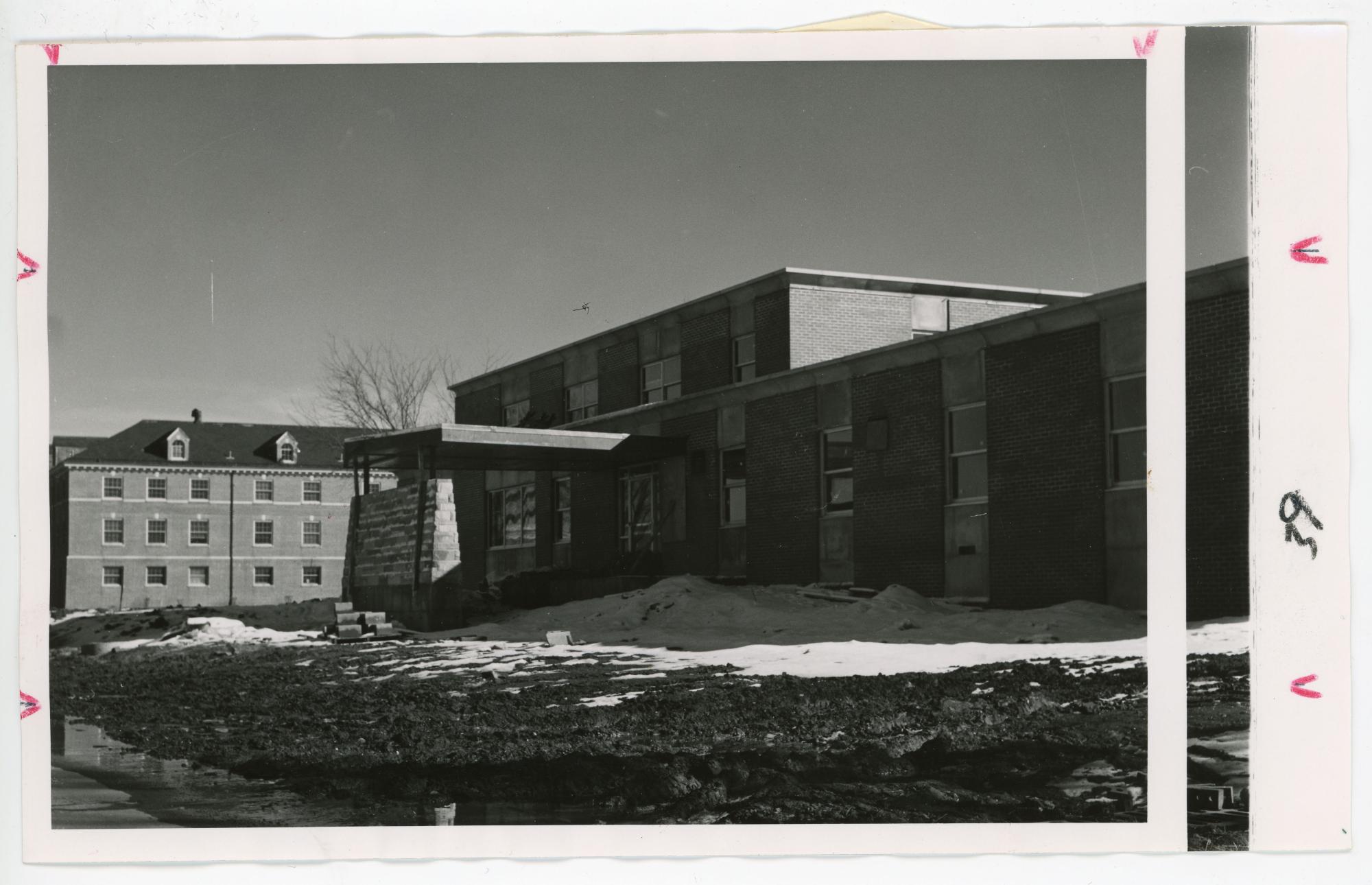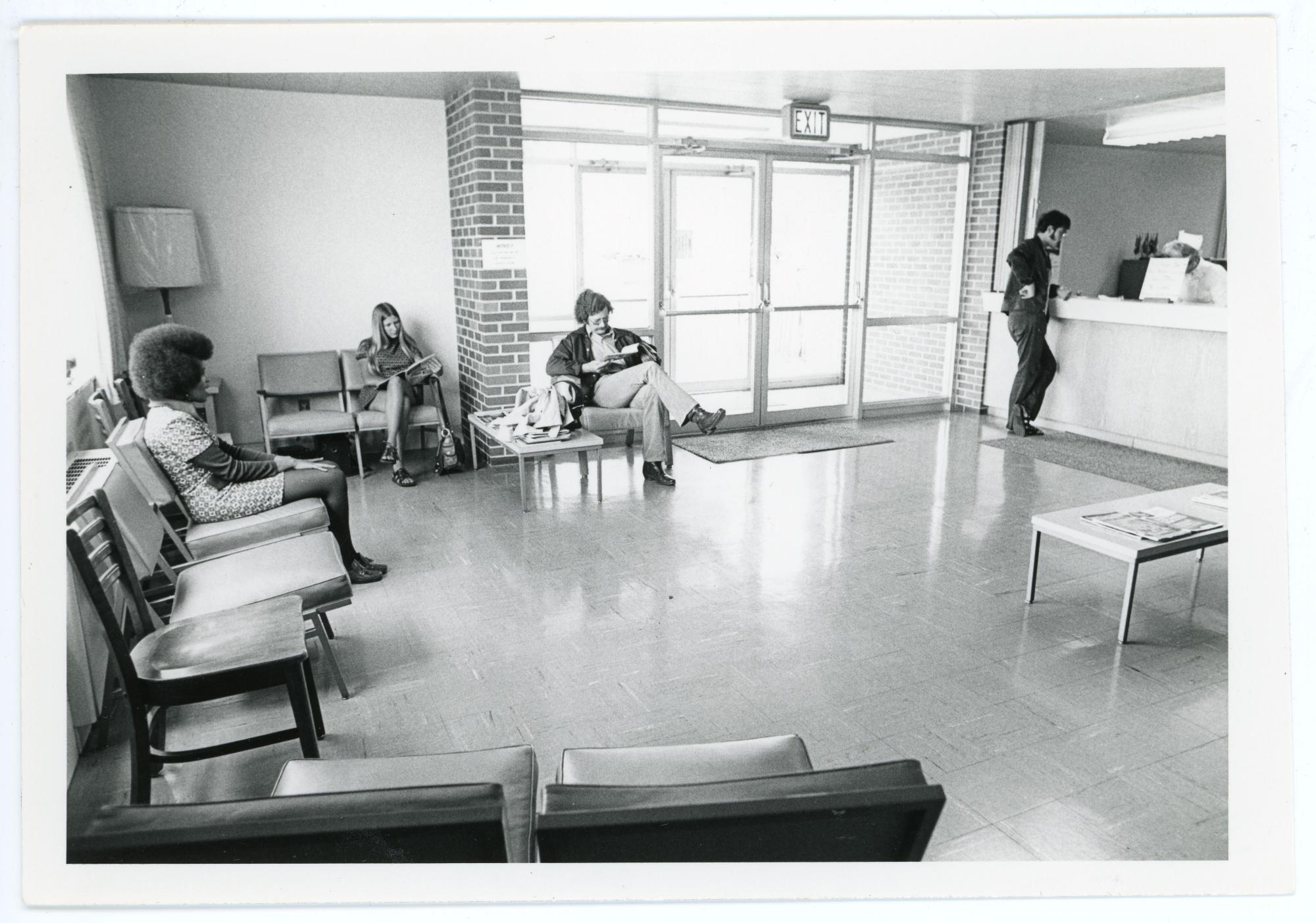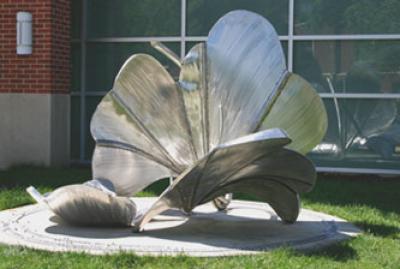Student Health Center (1960)

Over the years, student health services have been offered in a number of different locations on campus. At least as early as 1944, President Price included $150,000 for a modern health center in plans for postwar capital improvements. He said, "The present health service is housed in two abandoned farm buildings and in an inadequate hospital building." In December 1944 the General Assembly Interim Committee recommended the appropriation of $900,000 as part of a two-year building cycle that would include a health center, a new laboratory school, an arts and industries building, and physical plant facilities. The General Assembly appropriated $905,000, so there were hopes that a new health center would soon be built. By August 1945 plans for the building were in the hands of architects, but the start of construction depended on the availability of building supplies in the postwar world. By early 1946 preliminary plans called for two story building with a twenty-five bed hospital on the second floor and offices and examination rooms on the first floor. The new building would put an "emphasis upon disease prevention and hygiene".

However, postwar inflation and shortages of supplies made construction nearly impossible for the Teachers College. In January 1947, President Price asked the legislature for $2,971,500 for capital improvements including a student health center. The legislature responded with a 40% increase over the earlier $905,000 appropriation for capital improvements; $150,000 for a health center was still included in this budget, but, due to the surge in postwar enrollment, instructional buildings would have a higher priority. By the fall of 1948, the college was working with Dane D. Morgan, an architect from Burlington, to design a health center that would harmonize with the brick and limestone style of the women's dormitories. While the exact location of the building was not determined, the general location would be on the north side of campus, somewhere near Lawther Hall. With the purchase of over twenty acres of land north of 23rd Street for a new laboratory school and women's dormitory facilities, there was considerable room for development.
And there the matter stood for a decade. Other than the Price Laboratory School and Campbell Hall, there were no major campus construction projects during the 1950s. In 1959, $315,000 was allocated for a new health center to be constructed on the southwest corner of Minnesota and 23rd Streets. The Regents approved preliminary plans and selected Morgan and Associates of Burlington, the same company that had drawn up plans back in 1948, as the architect. The John G. Miller Company of Waterloo was the general contractor. The new facility would include hospital rooms, nurses' living quarters, and laboratory and pharmacy services. Dr. French, the director of campus health services, said that the new building "will be one of the very modern buildings for student health work, and we are quite sure it will answer very well the needs of this school". Student health fees would cover seven days of hospital room and board, staff nursing, and medications.

In the fall of 1960, construction began on the health services building.
It was ready for use by September 1961. An open house in May 1962 was its formal dedication to the campus community.
The building had two floors and contained an X-ray area, lab facilities, a pharmacy, and examination rooms. The staff provided medical treatment and examinations to students. At one time the Center housed several educational programs, including the Wellness Promotion Program, Substance and Sexual Abuse Education Prevention Programs, Continuing Education, and Health Education Program. The construction of this particular building was significant in that it brought together all campus health services under one roof for the first time. As the building became overcrowded, and as other facilities became available, some of these services moved out.

In November 2003 the Regents approved plans for a major renovation and new construction project for the Student Health Center. The building was too small to serve an enrollment that had more than tripled since its original construction. In February 2004 the Regents approved the sale of $3.875 million in bonds to finance the project. The period of the bonds was twenty years and the interest rate was 3.94%. The bonds will be repaid from net rents, profits, and student fees. UNI officials hoped to take bids on the work in April 2004, with an anticipated completion date of fall 2005.
OPN Architects of Cedar Rapids designed the renovation and enhancement of the old building. Larson Construction Company of Independence was the general contractor. The existing building was gutted and a new two story addition was attached to the north side. The new facilities were designed to include a more personal atmosphere for health care, with a family practice style of service delivery. There would be a retail pharmacy, and the Counseling Center would move back into the building. The old building closed May 7, 2004. Health services were delivered in Dancer Hall during the renovation and construction. Work got underway in the summer of 2004.
Work on the project was complete by the fall semester of 2005. There was a grand opening celebration on October 28, 2005, with remarks by President Koob, Jenny Rokes, Jeff Scudder, Joe Murphy, Sue Courts, and David Towle. The new facility, which doubled the size of the old facility, includes an expanded pharmacy, more examination rooms, a triage and immunization area, space for counseling and disability services, and enhanced and modernized medical facilities.
Stephanie Sailer designed the outdoor sculpture, Nature's Legacy, associated with the renovation. Her work consists of a group of ginkgo leaves that depict the "strength in the ability we have to improve our health and disposition."

Compiled by Library Assistant Susan Basye; edited by University Archivist Gerald L. Peterson, September 1996; substantially revised by Gerald L. Peterson, with scanning by Gail Briddle, September 2002; last updated October 28, 2011; photos and citations updated by Graduate Assistant Eliza Mussmann April 5, 2023.
